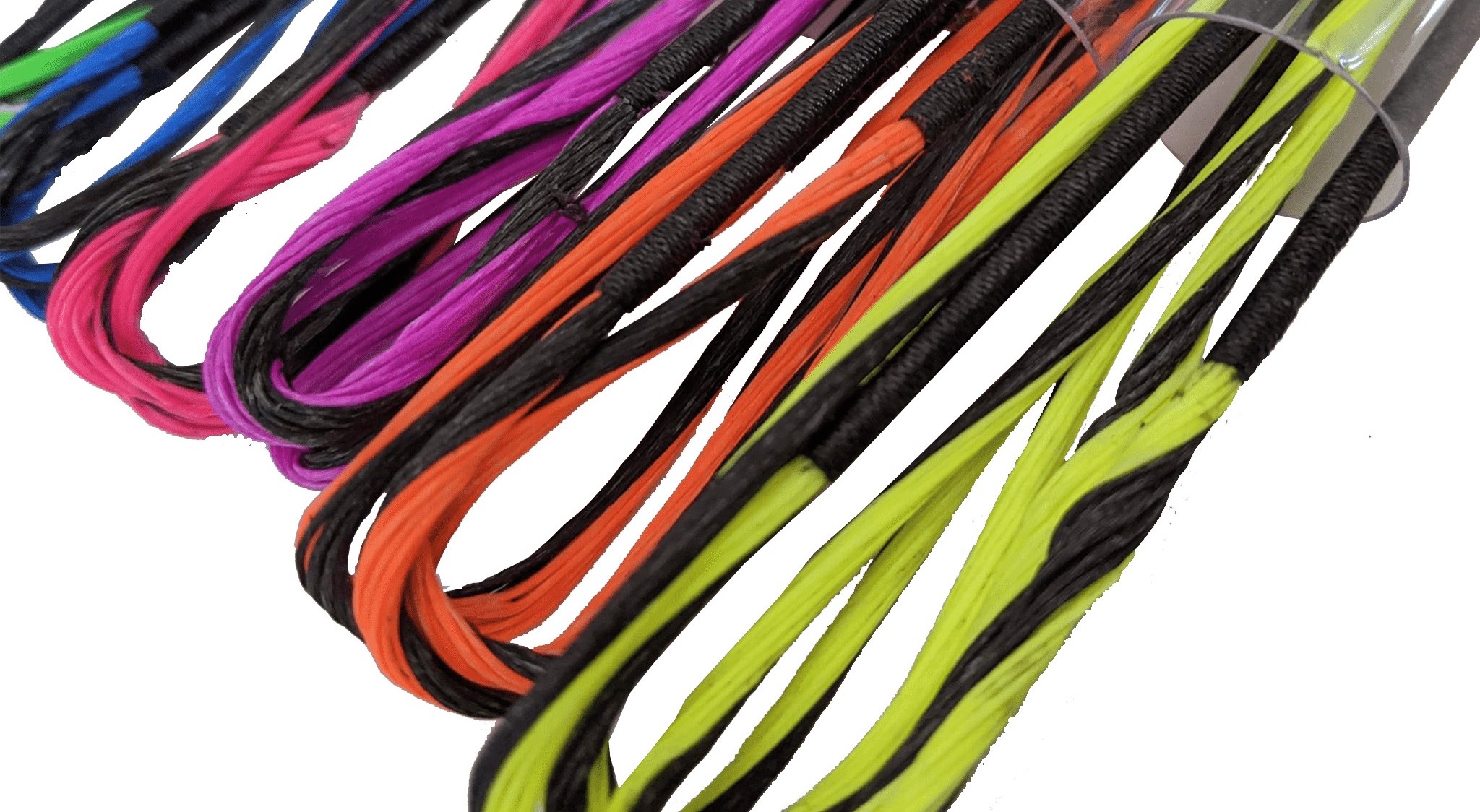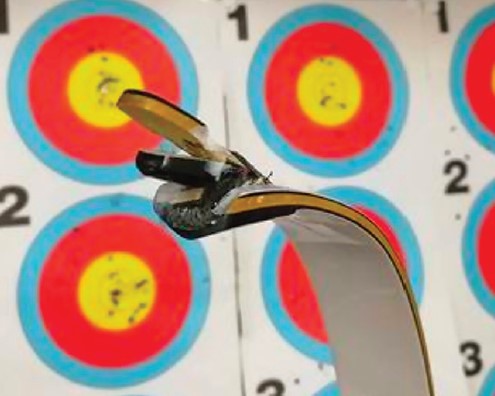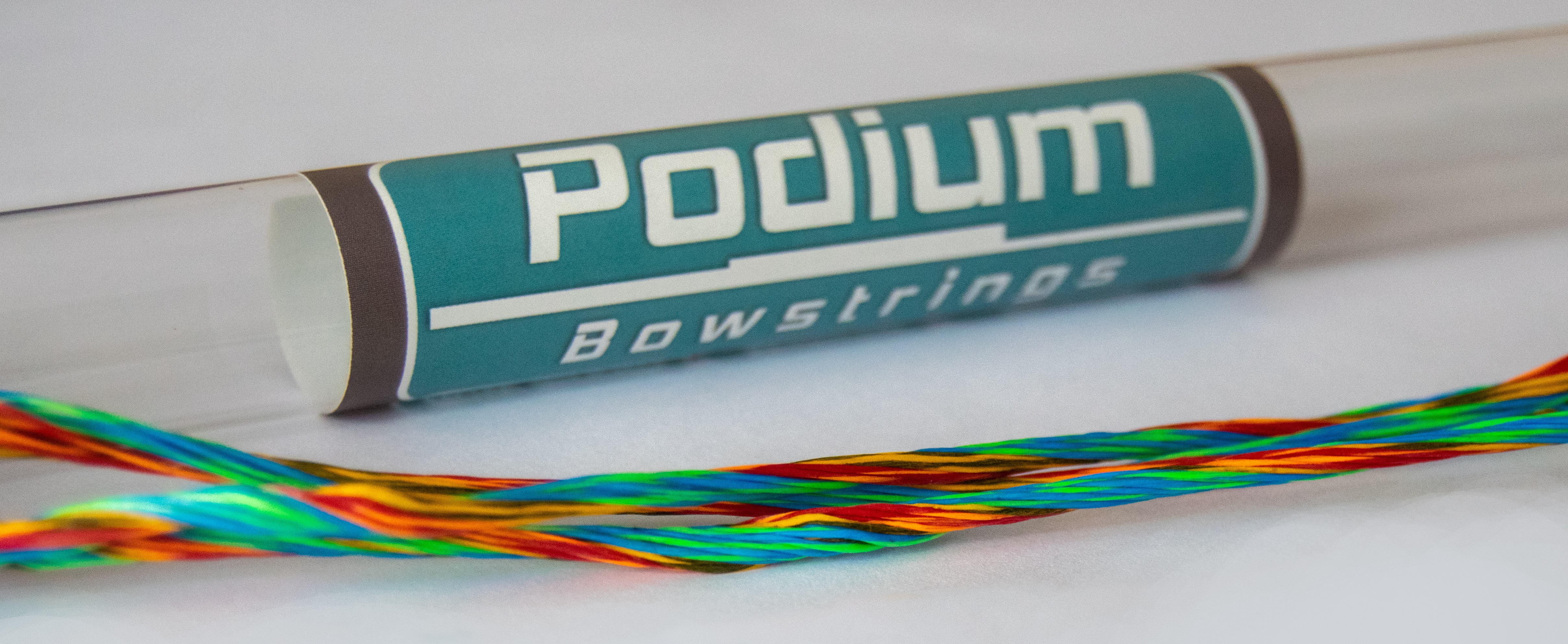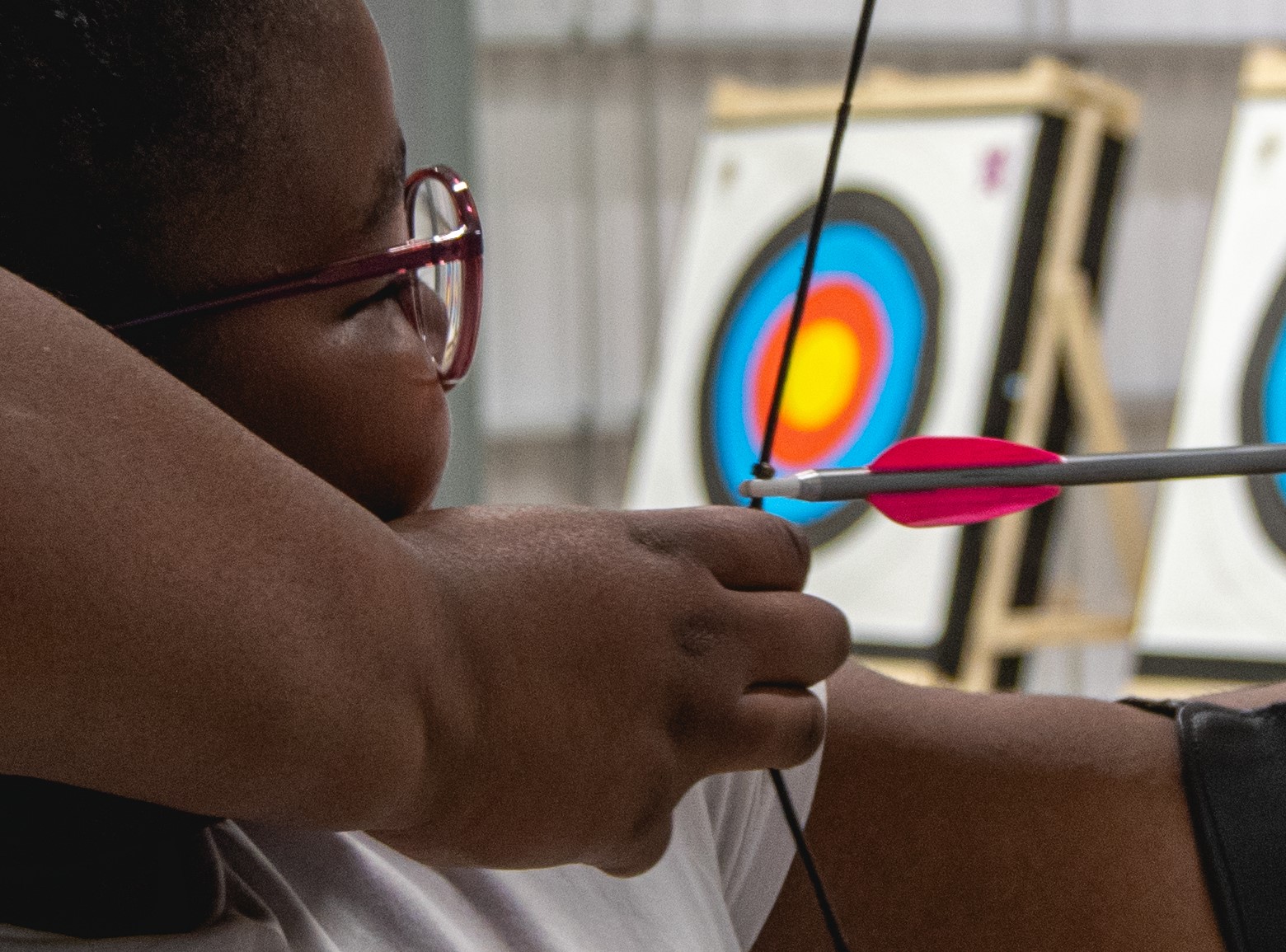Achieving consistent accuracy in archery requires a well-tuned bow. This article delves into one of the most critical part of your bow setup: your string. Find out more about including nock fit, strand count, bracing height, and nocking point, all essential for clean arrow flight.

The serving on a bowstring is a crucial component that protects the string from wear and tear, particularly where it contacts your hand or release aid. It's typically a tightly wrapped section of thin material, often Dacron or similar, that covers the centre of the string. It provides a consistent and secure location for the arrow nock and helps to reduce string vibration after the shot.
A well-maintained serving is essential for consistent arrow release and overall bow performance. If yours is starting to look a bit worn, or if it's unravelling, it might be time to look at getting a new string.
The most important thing to get right is the nock fit. The arrow should come off the string with a gentle tap. If the arrow is falling off too easily, it effectively means that the bow is being dry fired. Instead of the energy being transferred into the arrow what happens is the energy goes right into the limbs. This is what happened below:
On the other hand, if the nock fit is too small and you have to hit the string with some force to get it off, that means extra energy is being spent to allow the arrow to release from the string, which takes precious energy away from the limbs, resulting in poor performance.
Strand count is the number of strands in the string. That can vary depending on the material used and its weight.
More strands make the bow string heavier and stronger, but it also changes the thickness of the string, which can affect the arrow nock's fit. Using too many strands can also cause issues. For example, using 18 strands on a 22 lb bow can cause poor performance.
As a rule of thumb, 14 strands for up to 30lb limbs, 16 strands for limbs in the 32-38lb range, and 18 strands for any limbs 38lb-plus. You can adjust the number of strands by 1–2 to suit your shooting style and many manufacturers will be happy to guide you on this. 
This is the measurement from your pressure button hole to your string when strung. Most bows have a different recommended bracing height that depends on multiple different factors such as bowstyle, bow length, manufacturer, and limb tip design.
Most recurve bows will have a bracing height range adjustment of 2cm, and you can use that room to find the sweet spot. The way to do this is by setting your bracing height at either the maximum or minimum, shoot three or four arrows, listen to the sound it makes then put four more twists into the string and repeat the process. What you are looking for is for the bow to sound the quietest. There might be two-three sweet spots and normally these spots group better as well.
The goal is to set the nocking point horizontally so that the arrow leaves the bow at a perfect angle without any clearance issues. Normally if you have clearance issues the tell-tale sign is that marks start appearing on your bow shelf below the arrow rest. This can also be caused by finger pressure. It’s best if the nocking point is tied on, rather than brass ones as sometimes these can slow down the string. 
If your nock fit is too tight or too loose, you will need to re-serve the string with either a thicker or thinner material. It’s important to get this right. If your arrows are coming out a little stiff but your pressure button is set to a good stiffness, one solution is to remove a few strands from of the string.
Reducing your bracing height will speed up the bow, resulting in more energy going into the arrow. That will straighten up your arrow.
If you are shooting barebow and indoors, you really want to slow that arrow down. You can increase the number of strands in your string and raise your nocking point. This will slow the arrow down while the arrow is aiming lower down at a better aiming point.
Thanks to Adam at Wales Archery.